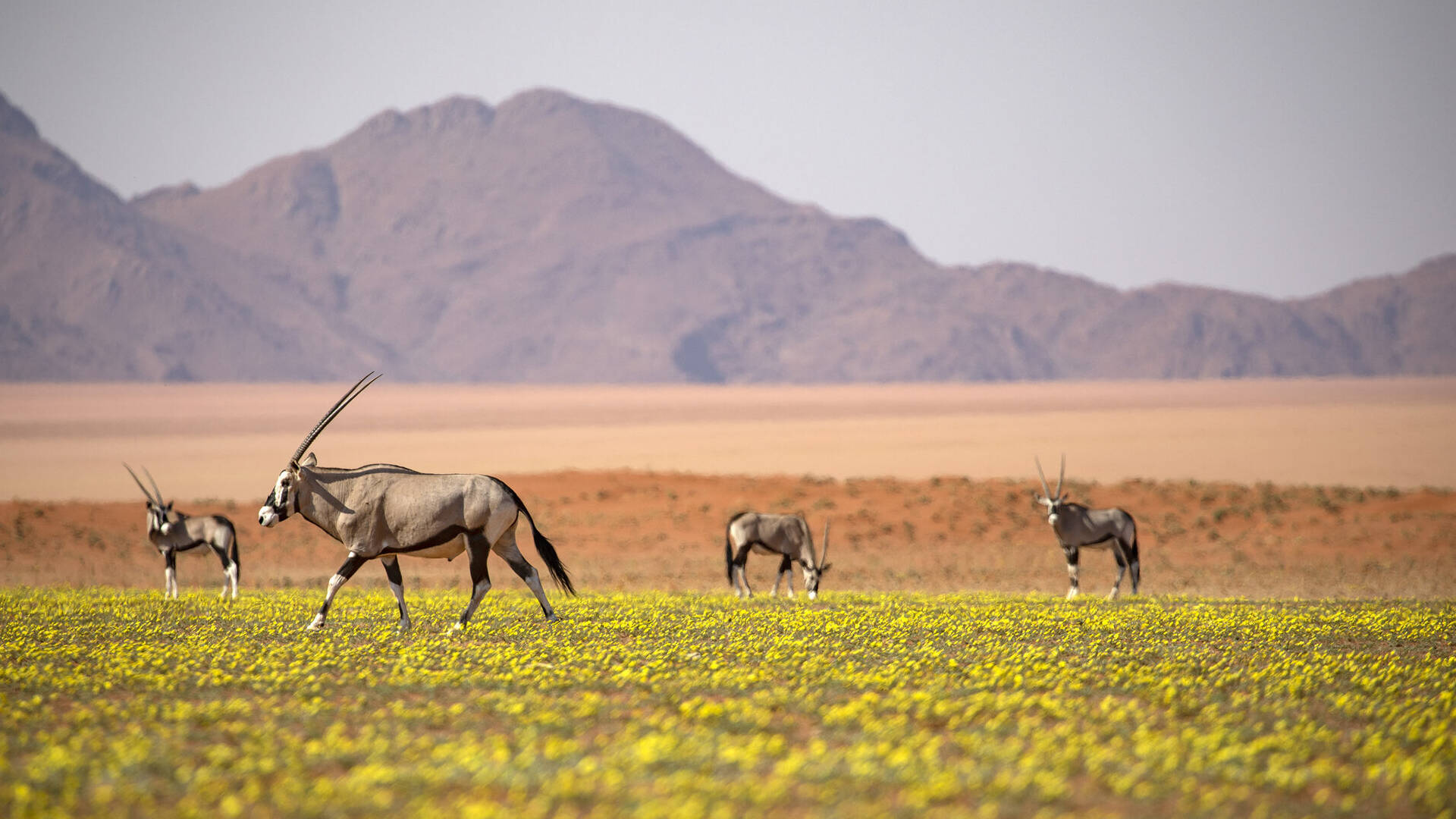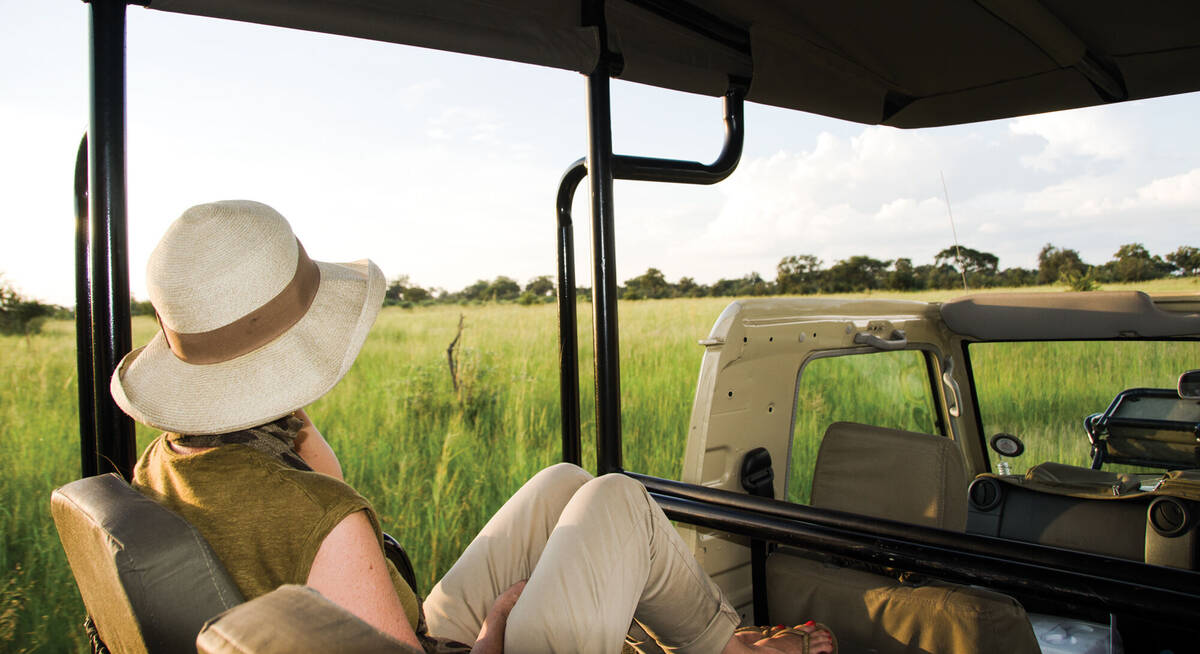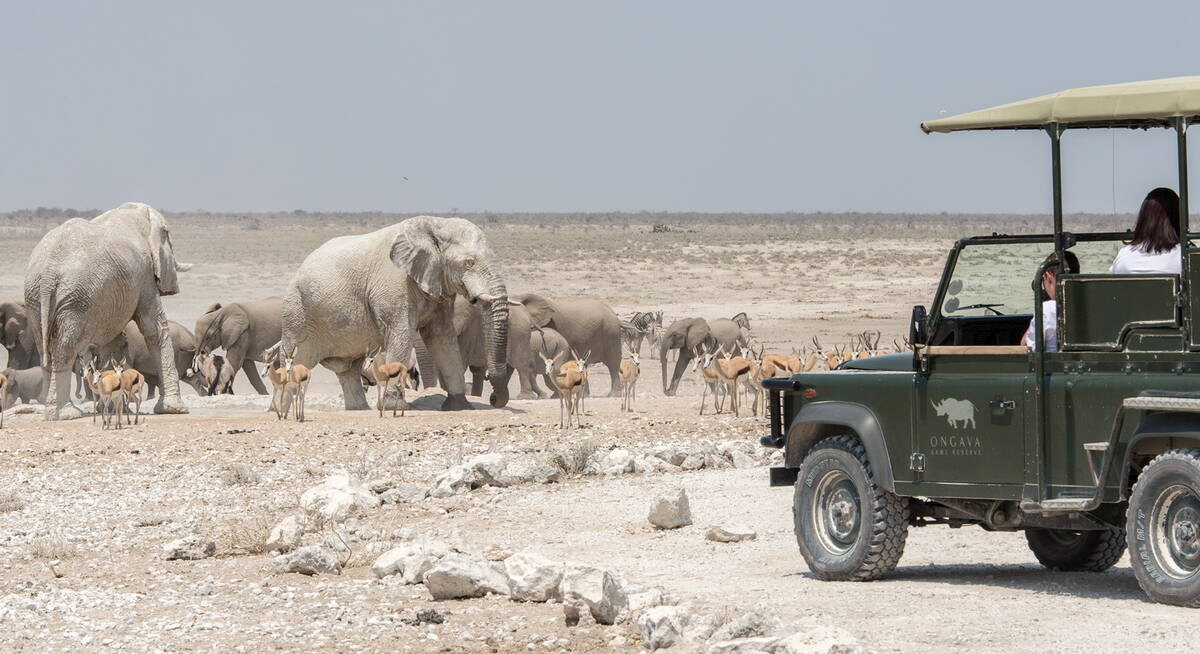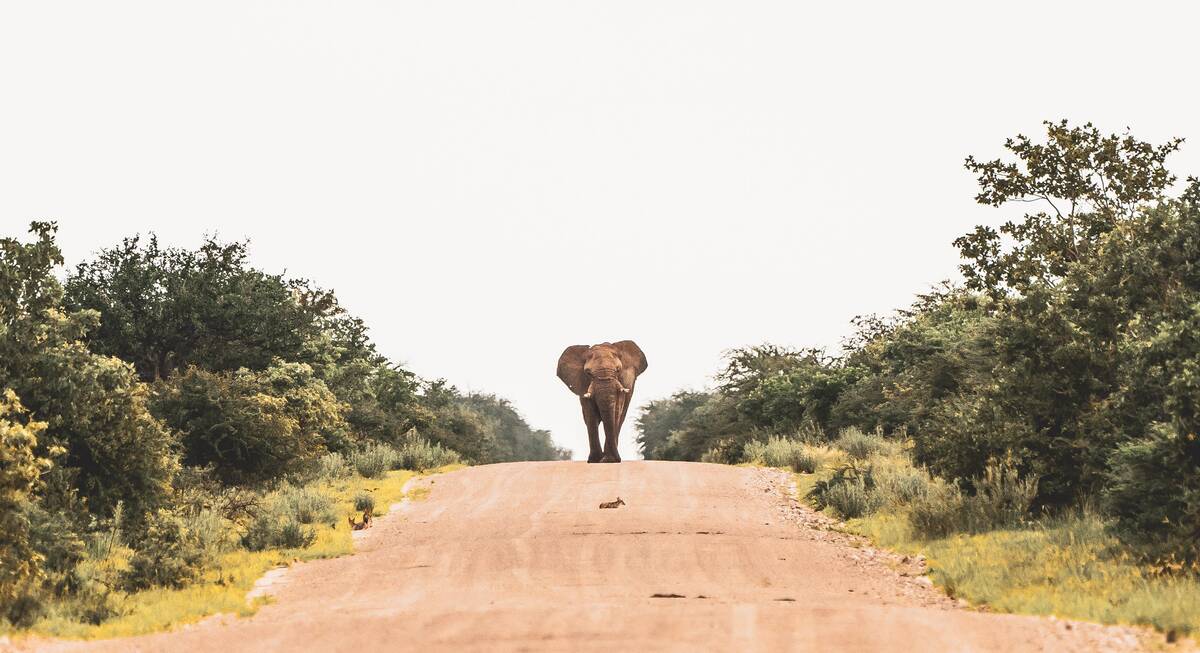Spotting one of Namibias large antelope is an extraordinary experience.
The gemsbok is very adaptable, and widespread all over the country.
Male kudu will catch your eye with their large, spiralling horns...
...whilst the sable antelope is probably one of the most beautiful antelope in Africa.
Blesbok
Damaliscus dorcas phillipsiThe duller but more common blesbok is, in essence, the highveld race of bontebok native to eastern South Africa. That, too, has occasionally been introduced on to the odd private reserve in Namibia.
Kudu
Tragelaphus strepsiceros Shoulder height 140–155cm. Weight 180–250kg.The kudu (or, more properly, the greater kudu) is the most frequently observed member of the genus tragelaphus. These medium-sized to large antelopes are characterised by the male's large spiralling horns and dark coat, which is generally marked with several vertical white stripes. They are normally associated with well-wooded habitats.
In Namibia they are absent only from the Namib Desert – though they are found in the river valleys and are very common on farmland, where their selective browsing does not compete with the indiscriminate grazing of the cattle.
Sitatunga
Tragelaphus spekei Shoulder height 85–90cm. Weight 105–115kg.The semi-aquatic antelope is a widespread but infrequently observed inhabitant of West and Central African swamps from the Okavango in Botswana to the Sudd in Sudan. In Namibia it occurs in the Okavango River beside Mahango, and in protected areas of the Kwando–Linyanti–Chobe–Zambezi river system where there are extensive papyrus reedbeds. Because of its preferred habitat, the sitatunga is very elusive and seldom seen, even in areas where it is relatively common.
Eland
Taurotragus oryx Shoulder height 150–175cm. Weight 450–900kg.Africa's largest antelope, the eland is light brown in colour, sometimes with a few faint white vertical stripes. Its somewhat bovine appearance is accentuated by relatively short horns and a large dewlap.
It was once widely distributed in East and southern Africa, but in Namibia it is now found only in isolated Kalahari areas, Etosha National Park and Waterberg Plateau National Park. Small herds of eland frequent grasslands and light woodlands, often fleeing at the slightest provocation. (They have long been hunted for their excellent meat, so perhaps this is not surprising.) There are particularly good herds of eland on Mundulea Reserve.
Our top picks for holidays to Namibia
We'll always tailor-make your Town for you. Here are some of our favourites to inspire you.

Looking for inspiration on where to travel next?
Visit our trip chooser to explore your options and find inspiration for your perfect African adventure
Inspire me
















